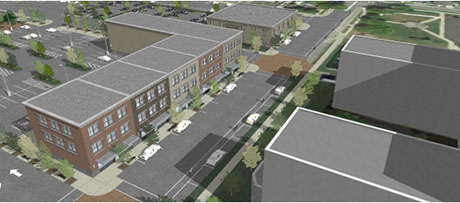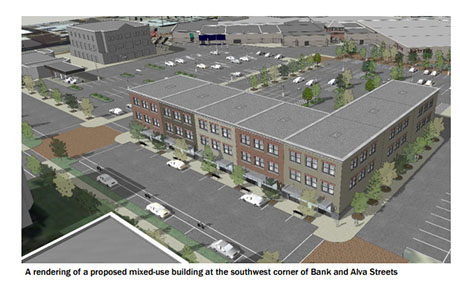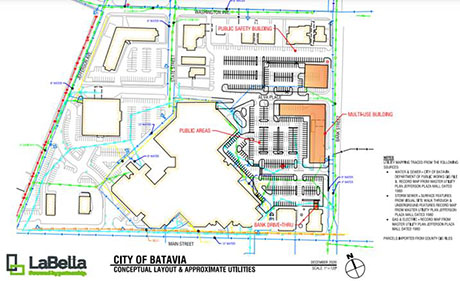
Press release:
The City of Batavia has been awarded a Northern Border Regional Commission (NBRC) 2021 State Economic & Infrastructure Development (SEID) grant.
The City’s Bank Street water project was awarded $334,000. The NBRC received 156 applications this year for the SEID grant cycle, requesting more than $81M in funding. This was a 16% increase in requests over 2020. Across the four states, 44 applications from this very competitive field were selected including the City of Batavia.
“The much-needed upgrades to infrastructure will support both public and private development along Bank Street including the progress being made at the City Centre Campus redevelopment and Healthy Living Campus. The new 8” water main will also allow for an additional number of residential and commercial units to be developed in the corridor as planned in the downtown revitalization strategy,” said Eugene Jankowski, Jr. City Council President.
The current Bank street waterline will be updated to an 8” line. Over 950 linear feet of 8-inch diameter water main will be installed and replace the current 4” and 6” lines that are undersized and aging, 90+-year-old water lines. The estimated cost of the project is $410,000 and the City will provide a local match to the grant of 20% ($82,000).
The waterline project is needed to improve water pressure and fire suppression capabilities on Bank Street, as well as enable future development on the City Centre Campus, and the Alva Place parking lot for the Police Station,” said Rachael J. Tabelski, City Manager.
This project aligns with the strategies laid out by the Downtown Revitalization Initiative (DRI) Investment Plan and New York State Brownfield Opportunity Area (BOA) as well as being in a federally designated Opportunity Zone. It is also part of a larger corridor plan in which the City is seeking Transportation Alternative Program (TAP) grant funds, as well for roadwork and streetscape on Bank Street.
Currently, there is over $50M in public/private development in downtown Batavia, at various stages of planning, permitting, and construction. This will be a welcomed investment that helps City as a whole, as well as the local business community, community institutions, and quality of life.


